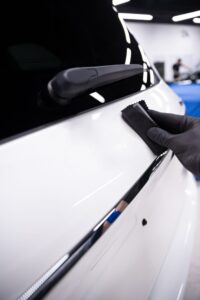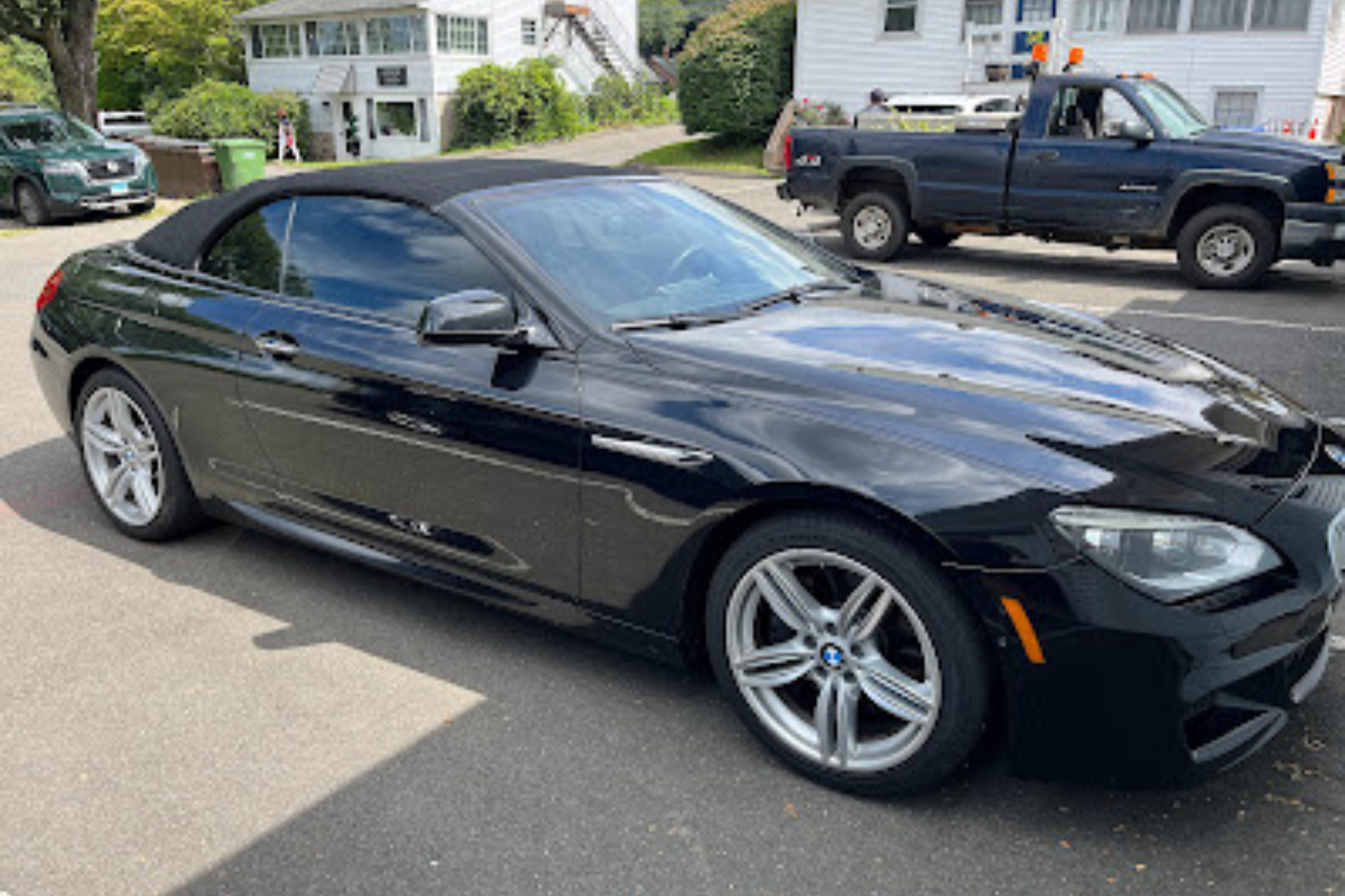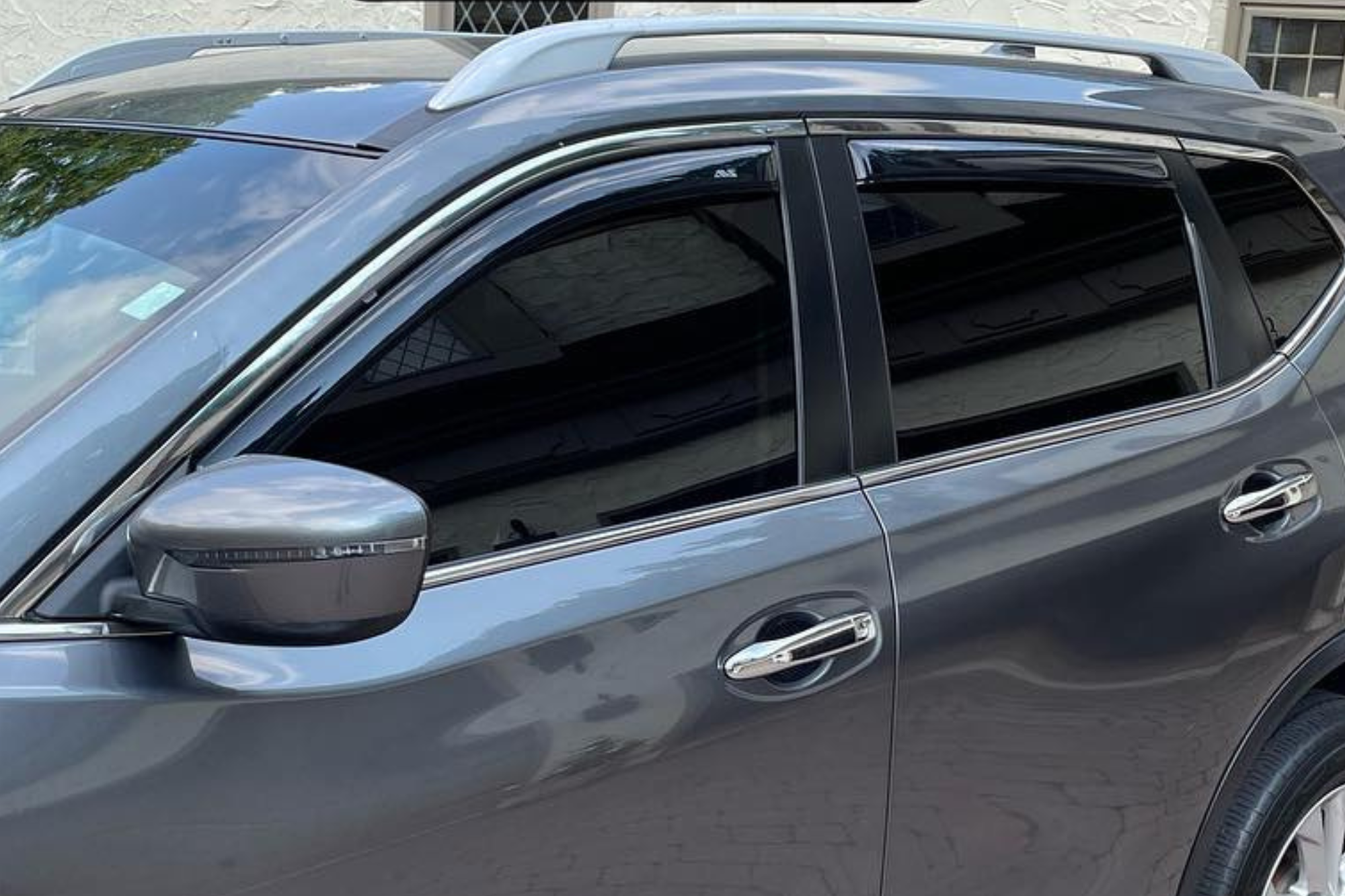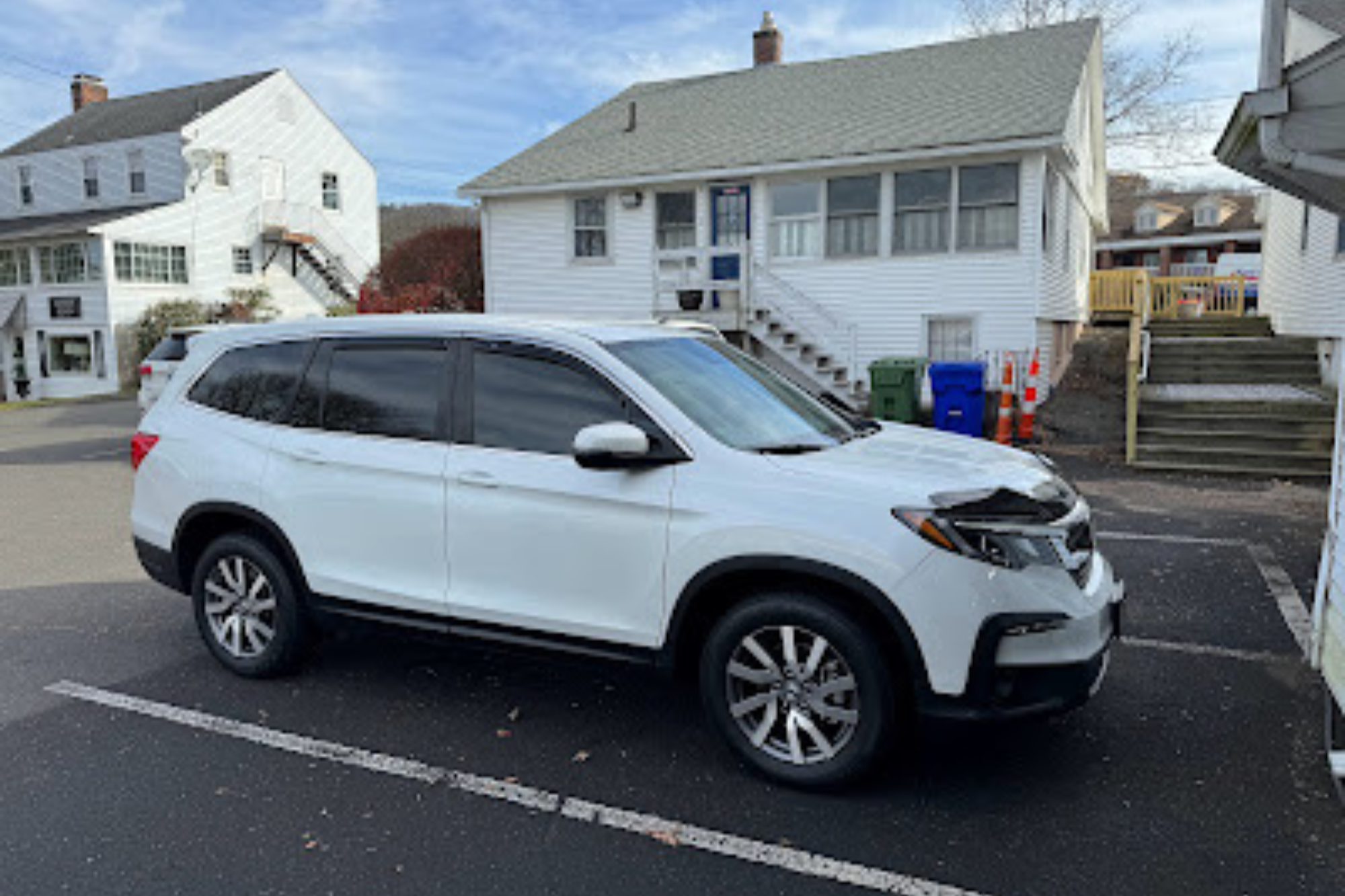Window tinting is a popular way to protect your vehicle’s interior from harmful UV rays, keep the car cooler, and increase privacy. But how does it work, exactly? And is it really worth the money?
What Is a Car Window Tint?
Originally, Window tint Avon CT was used to keep the car’s interior cooler by blocking too much sunlight. Today, it also provides privacy from people outside the car and reduces glare when driving.
A window tint is a thin sheet of polyester film applied to the inside surface of your vehicle’s windows. It’s available in various shades, ranging from very light to nearly opaque. The type of tint, shade, and opacity you choose depends on how much privacy and protection you want.
Benefits of Car Window Tinting
The primary benefit of a car window tint is protection from UV rays, which can cause damage to the interior of your vehicle. Tinted windows also provide privacy from people outside the car, reduce glare when driving, and keep the car cooler on hot days. In addition to these benefits, car window tints can add an attractive aesthetic to your vehicle.
Things to Consider When Getting Car Window Tint

Make sure it’s legal in your area. Depending on where you live, there may be laws governing the tinting of car windows. Some states have laws limiting the amount of tinting allowed.
Choose a good-quality film and make sure it’s applied correctly. Poor-quality films can quickly deteriorate, while improper installation can cause bubbling or cracking. An expert window tinter will ensure a proper fit and perfect finish.
Consider the longevity of the film. High-quality films can last for years, while lower-quality films must be replaced more often. Research the different types of tints available. Different tints offer different levels of protection, privacy, and glare reduction.
Types of Window Tints for Cars
There are several types of car window tints available, each with its own set of characteristics and benefits. Here are the most common types of car window tints:
Dyed Window Tints
Dyed window tints are made by layering dye on top of a layer of adhesive and a polyester film. They work by absorbing the sun’s rays, blocking heat, and reducing glare. The main advantage of dyed window tints is that they are generally less expensive than other types.
The dye used in these tints can fade over time, reducing their effectiveness.
Metalized Window Tints
Metallic window tints are similar to dyed tints but have a layer of tiny metallic particles embedded in the film. This layer reflects the sun’s rays and provides better heat reduction and UV protection than dyed tints. Metalized tints also offer increased shatter resistance and privacy.
They don’t fade or deteriorate over time and offer the most significant degree of heat reduction, UV protection, and privacy.
Carbon window tints
Carbon window tints are made by layering a film that contains carbon particles on top of a layer of adhesive and polyester. Carbon tints are more expensive than dyed or metalized ones but provide better heat and UV protection.
They also offer better color stability and are less likely to fade over time. The disadvantage of carbon tints is that they are darker and, thus, reduce visibility.
Hybrid Window Tints
The advantages of both dyed and metalized window tints are combined in hybrid window tints. Without losing visibility, they provide good heat reduction, UV protection, and privacy. They are also long-lasting and don’t deteriorate with time. It has several layers and is made to provide your car with the greatest results possible.
Compared to dyed and metalized tints, hybrid tints provide the best balance of heat reduction, UV protection, privacy, and visibility.
Ceramic window tints
Ceramic window tints are made using ceramic particles embedded in the film. This technology provides superior heat and UV protection and excellent visibility. Ceramic tints are more expensive than other types of tints, but they offer the highest level of protection and longevity.
This type of tint is also known to be scratch-resistant and easy to clean. Debris and dirt wipe off without leaving any residue.
How Does Window Tinting Work?

Window tint works by absorbing some wavelengths of light while allowing others to pass through. It’s a process called attenuation. The material or coating absorbs, reflects, and scatters light. In the case of window tints, they absorb UV radiation while allowing visible light to pass through. The degree of attenuation depends on the type and shade of film used; darker shades absorb more visible light transmission than lighter ones.
Your car’s window allows the sun and ultraviolet (UV) radiation to get through, which is responsible for fading interior fabrics and creating glare that can be dangerous while driving. By absorbing these harmful UV rays, window tint keeps the car’s interior cooler and protects passengers from overexposure to the sun’s UV radiation.
The amount of light filtration will depend on the type and shade of film you choose; lighter shades provide less protection but still reduce glare and heat, while darker shades block out more sunlight but can also reduce visibility into (and out of) your car.
Installation Process of Car Window Tint
Installing car window tints involves a few steps. First, the existing glass is cleaned and prepared to ensure it’s free of dirt, debris, or other contaminants before applying any tint. Next, a primer solution is used to help bond the film to the glass. The film is then cut to size and applied to the glass.
A squeegee is used to press out any air bubbles and ensure that they firmly adhere to the glass. The installation process varies slightly depending on the type of film you choose. Still, it should take no more than two hours for a professional or experienced technician to install tint on all of your car’s windows.
Is window tinting a good investment?
 Whether or not installing car window tint is a good investment depends on your needs and budget. Window tinting may be beneficial if you live in an area where the temperatures can be extreme or the sunlight is intense. It can help reduce the heat entering your car and prevent the interior from becoming too hot.
Whether or not installing car window tint is a good investment depends on your needs and budget. Window tinting may be beneficial if you live in an area where the temperatures can be extreme or the sunlight is intense. It can help reduce the heat entering your car and prevent the interior from becoming too hot.
It can also help reduce glare caused by direct sunlight hitting your window, which can cause eye strain and fatigue, making it dangerous to drive long distances. Getting window tint for your car is a simple way to reduce this risk.
Window tints can also enhance your vehicle’s aesthetic, making it look more stylish and unique. Depending on the type of film you choose, it can make your car look sleeker and give it a sense of sophistication.
We hope this guide has helped you understand how window tints work and whether they are a good investment. Weigh the pros and cons of having your windows tinted.
Do your research and be sure to check any local laws regarding window tint before making your final decision. It’s important to note that state laws regarding the use of window tints on vehicles can vary. Before installing window tints, check your local regulations to ensure they meet legal requirements.
Window tinting has many benefits, such as protection from UV rays, improved privacy, glare reduction, and aesthetic enhancement. The only drawback is that it can be a costly investment. It may be a bit costly upfront, but the long-term benefits are worth considering. Before you make your final decision, take the time to do your research.
If you’re looking for extra protection and privacy, window tinting may be a worthwhile investment. The decision is up to you!


